Embroidery 101: The Blanket Stitch vs. the Buttonhole Stitch
Learn to tell the difference between two useful and easy-to-sew stitches.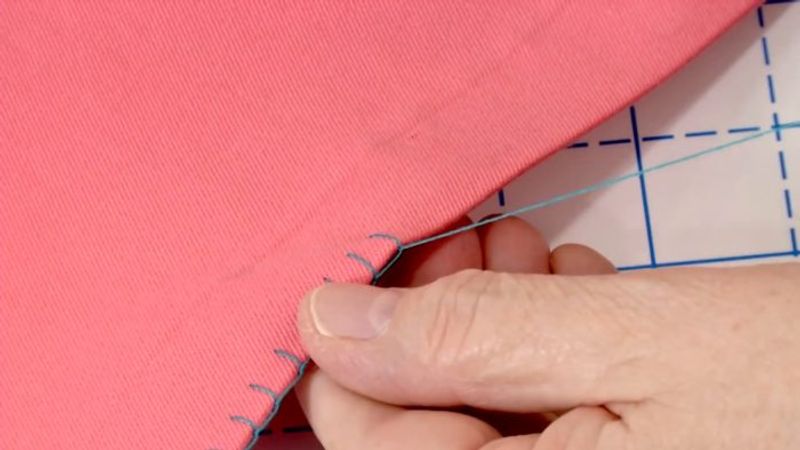
The blanket stitch and the buttonhole stitch look similar. They are often confused, however, by sewers. You may also find contradictory or inaccurate information about the stitches in books on sewing and embroidery. This video explains the difference and shows you how to sew both.
Blanket stitch
The blanket stitch is an embroidery stitch often used as a decorative edging. Each stitch runs along the fabric edge, then curves away from the edge; it is held at the edge by the next stitch. It is typically worked left to right, with the edge to be stitched facing you, or top to bottom, with the edge on the left. You can vary the size, spacing, and orientation for decorative effect.
Buttonhole stitch
The buttonhole stitch looks similar but it has an extra loop, or purl, along the edge to secure the stitch more firmly and to add thread where a buttonhole receives the most wear. It is usually worked from right to left, with the edge facing away from you. When used for a buttonhole, this stitch is sewn short and closely spaced.
Lefty stitchers can reverse the directions, and all sewers should experiment to find the most comfortable and efficient orientation for them.
Threads’ seamstress Norma Bucko distinguishes between the stitches by remembering that, in the blanket stitch, the needle point goes down into the fabric from the right side. In the buttonhole stitch, the needle’s point comes up through the fabric from the wrong side. See “Q&A: Blanket stitch vs. buttonhole stitch,” Threads #203, June/July 2019.
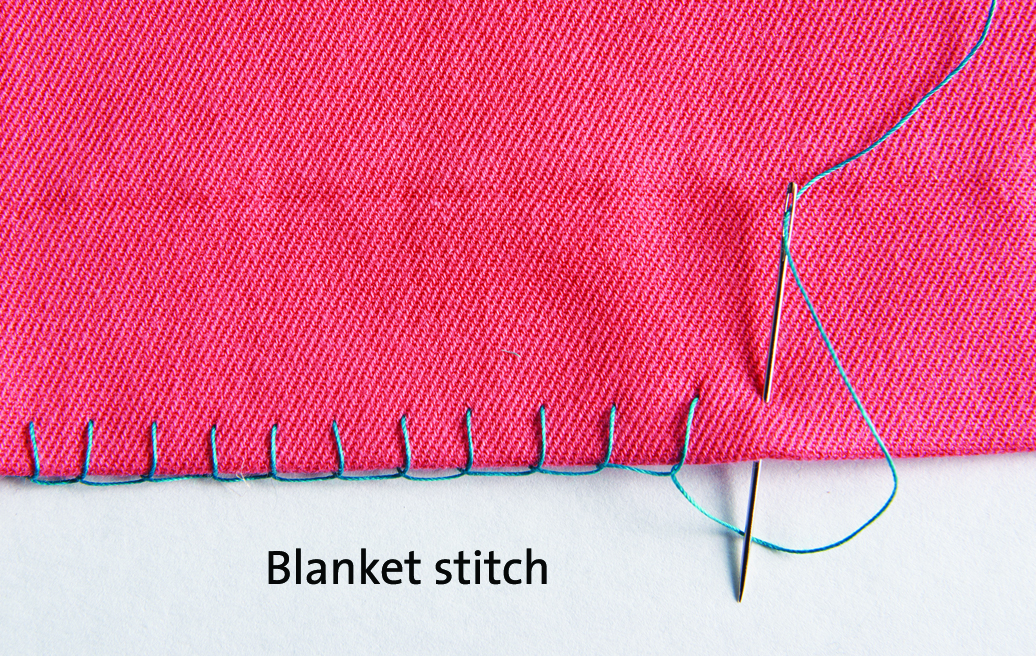
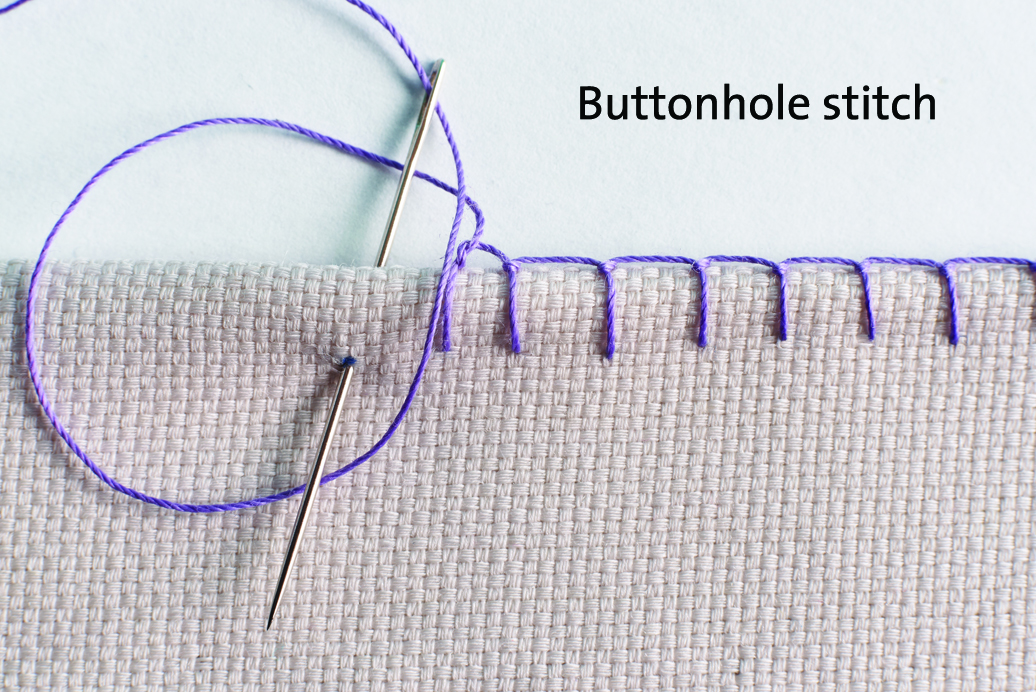
In most instances, you may replace a blanket with a buttonhole stitch. However, for buttonholes, you need the buttonhole stitch’s purl for a durable edge. Be sure to wax the thread for added strength.
For more on the blanket stitch, see “Watch How to Sew a Blanket Stitch.”



































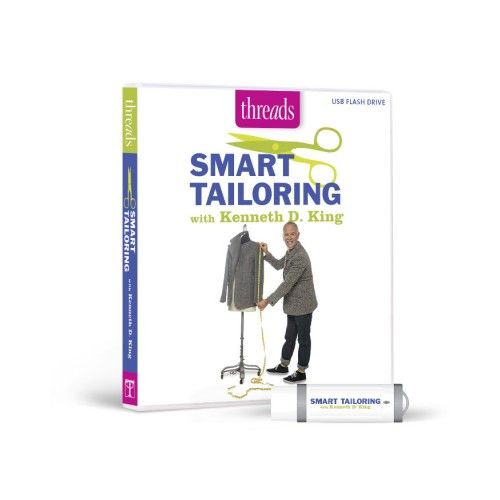
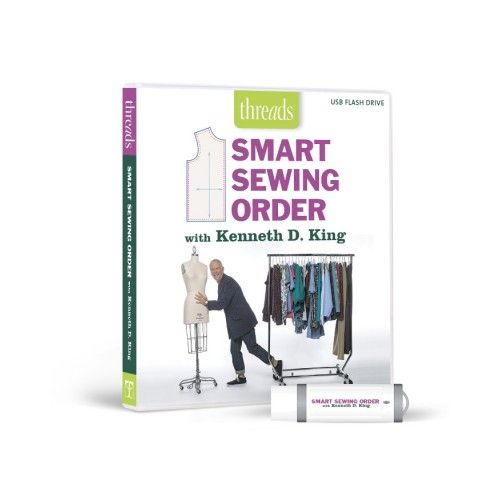



Log in or create an account to post a comment.
Sign up Log in